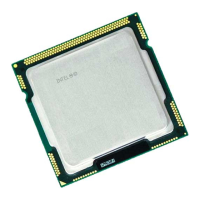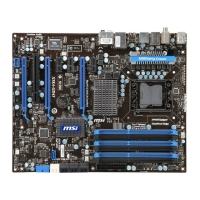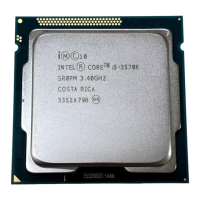gcc960 Compiler Driver
2-1
2
This chapter describes how to use the gcc960 driver program to control the
compilation system. Topics include:
• running the compilation system
• sample command lines
• predefined macros
• command line options and their modifiers
Controlling the Compilation System with gcc960
gcc960-style translation and linking requires use of the gcc960 driver,
preprocessor, compiler, assembler, and linker.
The gcc960 compiler driver (
gcc960.exe in Windows, gcc960 on Unix)
controls the preprocessor (
cpp.exe in Windows, cpp.960 on Unix) and
the compiler (
cc1.exe in Windows, cc1.960 on Unix). It can also
invoke the assembler, linker, and gcdm960 optimization decision maker.
Command-line options and environment variables allow you to control the
compilation.
gcc960 controls preprocessing, compilation, assembly and linking.
• Filenames ending in
.c are taken as C source to be preprocessed and
compiled.
• Filenames ending in
.i are taken as preprocessor output to be
compiled.
• Compiler output files plus any input files with names ending in
.s are
assembled.
• Input files with names ending in
.S (uppercase) are preprocessed and
then assembled. (UNIX only.)

